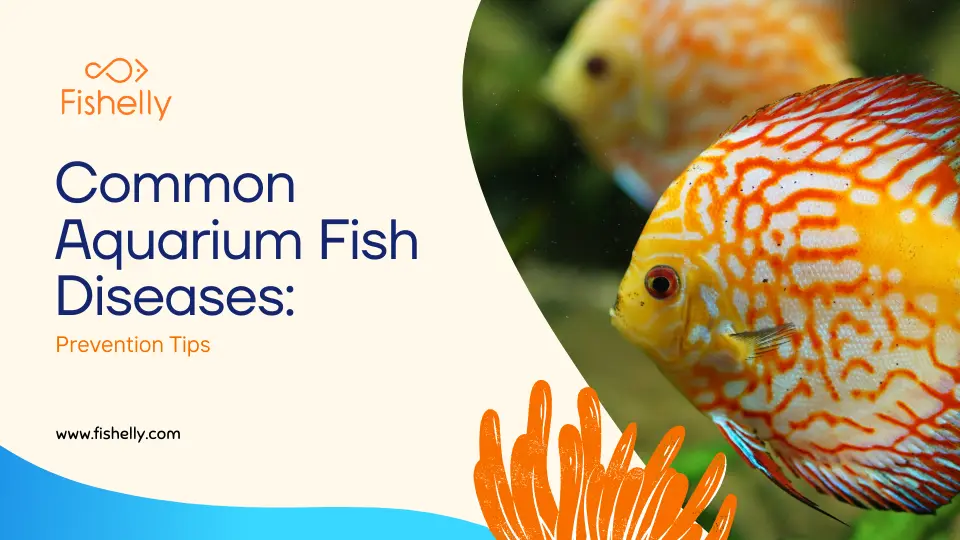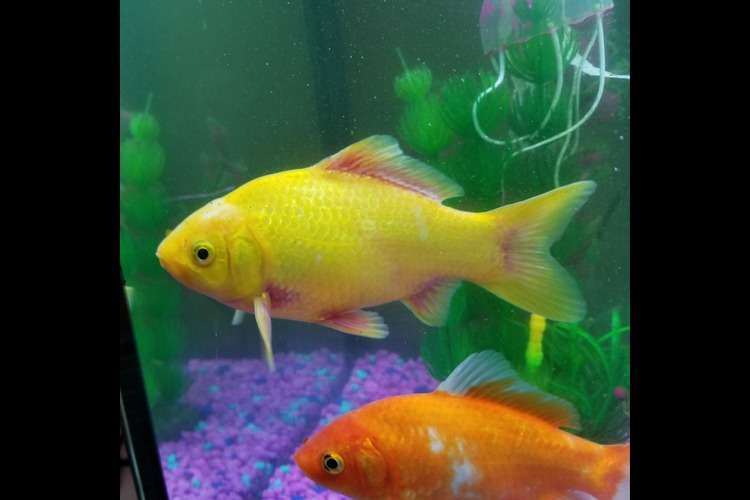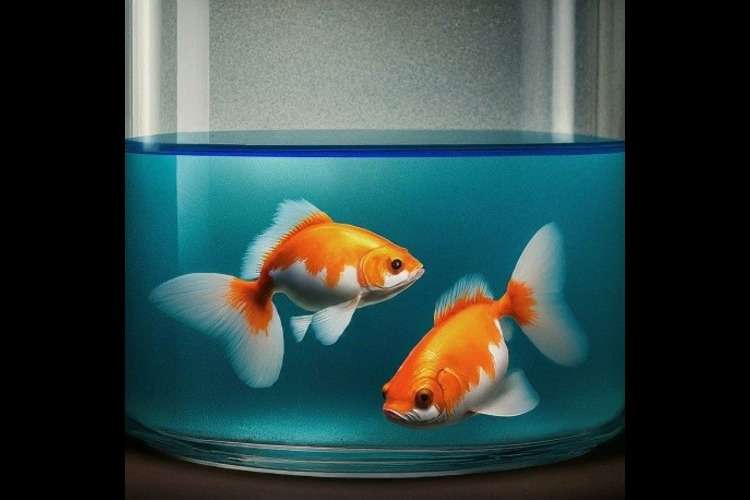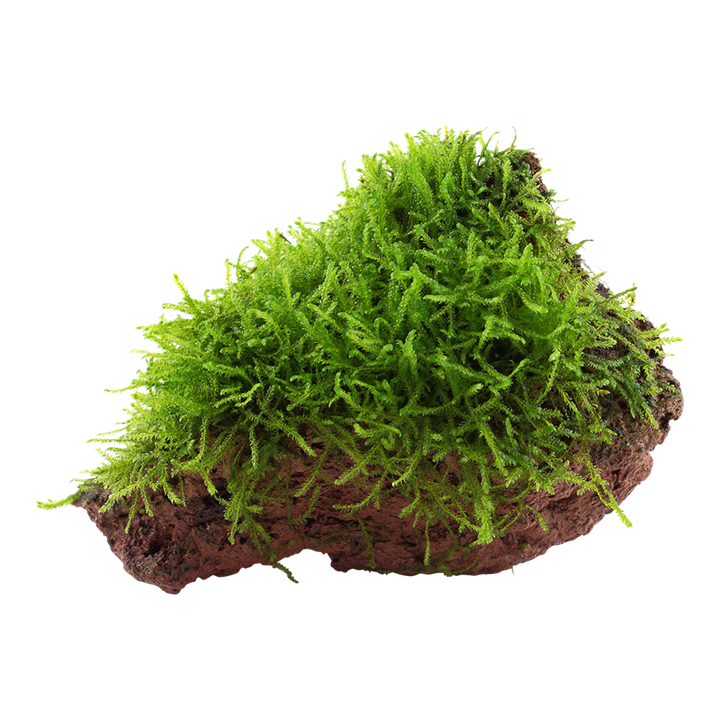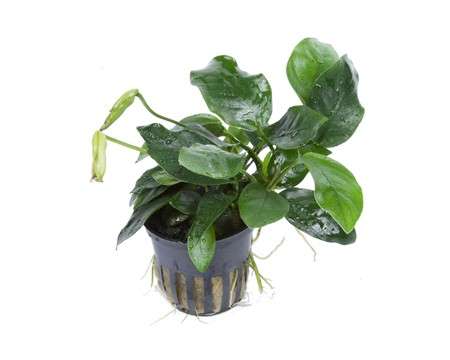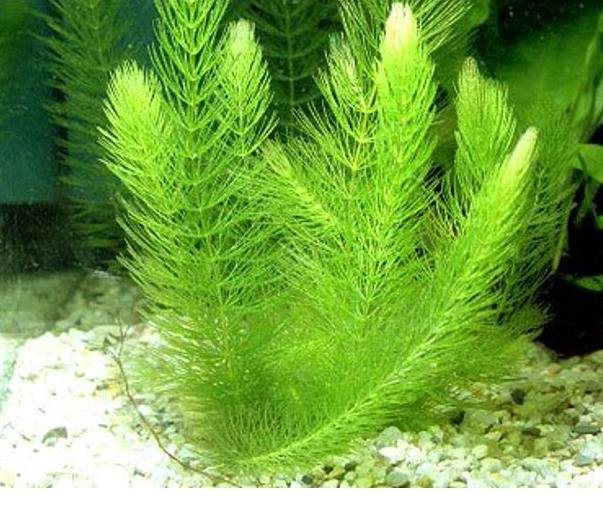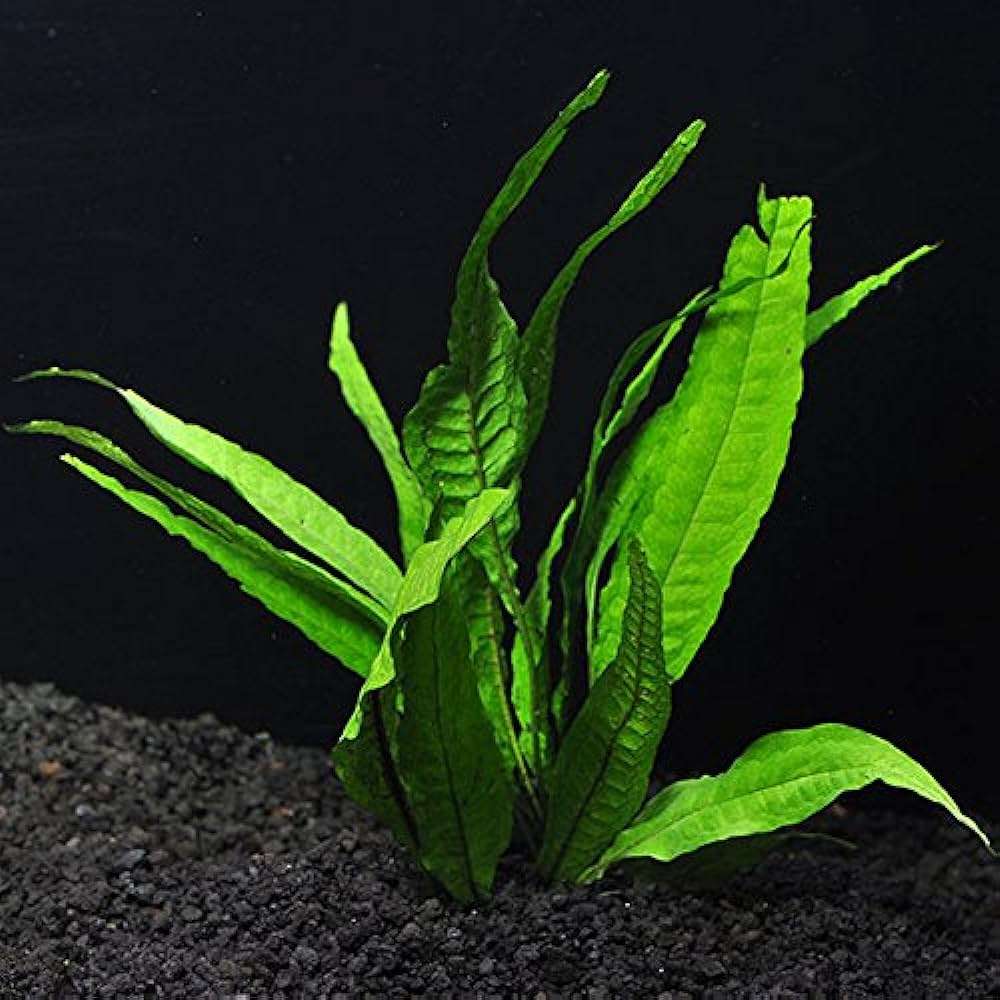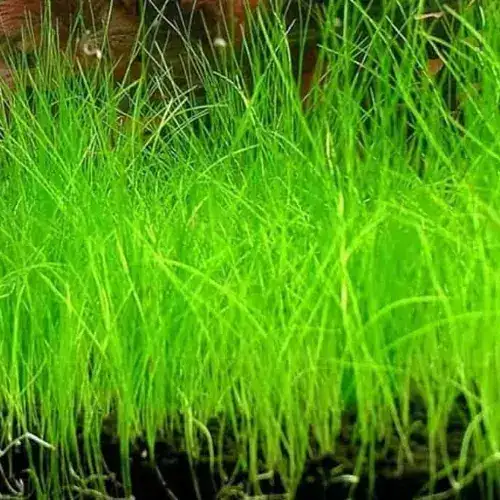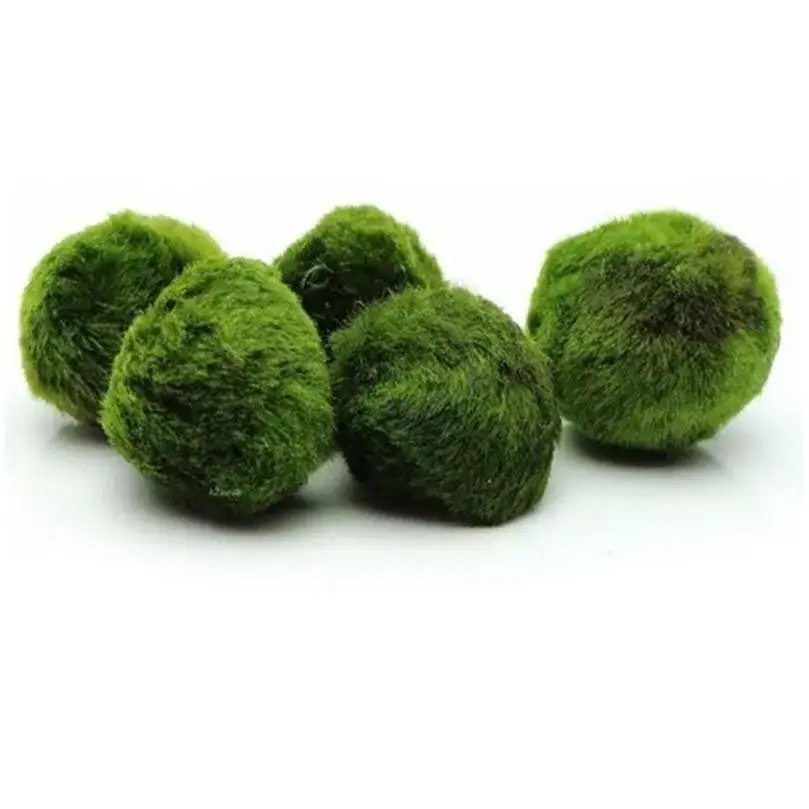Common Aquarium Fish Diseases: Prevention Tips
Explore common aquarium fish diseases like Ich, fin rot, and dropsy, and discover effective prevention tips to keep your fish healthy with proper care.
Table of Contents
- Ich (White Spot Disease)
- Fin Rot
- Swim Bladder Disorder
- Velvet Disease (Oodinium)
- External Parasitic Infections (Gill Flukes, Anchor Worms)
- Columnaris Disease (Cotton Wool Disease)
- Dropsy
- General Tips for Prevention Scorecard
- Faq
- Conclusion
Ich (White Spot Disease)
Symptoms: Small white spots resembling grains of salt on the skin, fins, and gills; fish tank fish tend to rub against objects in the aquarium tank and appear dull, exhibiting a lack of appetite.
Cause: Ich is caused by a parasite called Ichthyophthirius multifiliis. It is a very contagious parasite that flourishes in water with poor quality due to stress.
Prevention: Maintain water quality by regularly changing water and cleaning the aquarium fish tank. New live fish must be quarantined for at least a fortnight before being introduced to the main aquarium tank. It is best to avoid overcrowding so that fish are not subjected to stress.
Fin Rot
Symptoms: Fins appear to be crumbling, discolored, or breaking; tropical fish are exhibiting distress: hiding or not eating.
Cause: Fin rot is generally caused by bacteria, especially in fish with already impaired immune systems owing to poor water quality or injuries.
Prevention: Clean the water with regular water changes. The fish shouldn't be exposed to sharp objects that could cut or scratch them. If there is damage to a fish's fins, put it in isolation to prevent the spreading of infection.
Swim Bladder Disorder
Symptoms: Fish have difficulty swimming correctly, either swimming sideways, upside down, or floating at the surface of the aquarium tank.
Cause: Swim bladder disorder can be a consequence of overfeeding, bad water conditions, or physical injury. It can also be an infection or genetic predisposition.
Prevention: Avoid overfeeding, as it can lead to digestive issues and bloating. Ensure that the feeding for your fish allows for proper sustenance based on their fish types. Change the water and monitor the conditions regularly.
Velvet Disease (Oodinium)
Symptoms: Affected aquarium fish develop a velvety or golden shade covering their skins, gills, and fins; other signs may include difficulty in breathing, frenzied movements, or rubbing against objects.
Cause: Velvet disease is caused by the parasitic protozoan Oodinium. It thrives in aquarium tanks with poor water quality, high stocking densities, and stressed freshwater fish.
Prevention: Quarantine new live fish before transferring them to your main fish tank. Make sure the water parameters of your aquarium tank are at their optimal ranges and that your fish tank fish do not encounter stress. Clean your fish tanks regularly to reduce the incidence of parasite breakouts.
External Parasitic Infections (Gill Flukes, Anchor Worms)
Symptoms: Fish may breathe heavily, rub against objects, or move their gills rapidly. There may also appear red lesions or worms on exposed areas of the skin.
Cause: External parasites such as gill flukes or anchor worms attach to the skin or gills of the fish, causing irritation and infections, respectively.
Prevention: Quarantine new live fish before they can infect your population confined in your main fish tank. Maintain the soluble and salinity parameters in the water; external parasites thrive in dirty waters. Right after you detect the parasite, you should use treatment or consult the veterinarian.
Columnaris Disease (Cotton Wool Disease)
Symptoms: Cottony growth around gills, mouth, or fins; the fish may be lethargic or stop eating.
Cause: Columnaris is due to the bacterium Flavobacterium columnare, which flourishes in warm, poorly maintained aquarium fish tanks.
Prevention: With proper maintenance of fish aquarium care, and avoiding overcrowding of the aquarium tank, the risk of this disease can be minimized. Do not allow instantaneous (sudden) changes in water temperature, since that could induce aggravation to your fish and make them prone to diseases.
Dropsy
Symptoms: The stomach area swells, scales raised if any, lethargy, and loss of appetite.
Cause: Dropsy is merely a symptom of some underlying problem, related primarily to kidney failure, bacterial infections, or awkward water conditions.
Prevention: Keep the fish in a clean, stable environment with the appropriate water level. Quarantine all new fish types. Don't overfeed, as it creates undue stress for the immune system of the fish.
General Tips for Prevention Scorecard
Maintain Water Quality: Regular water changes and good filtration systems are vital for fish tank health. Avoid ammonia, nitrite, and nitrate becoming overly concentrated in the water, and monitor the pH level for the normal range of levels suitable for fish aquarium care.
Quarantine New Fish: New live fish must be quarantined for at least 2 weeks before introducing them into the main aquarium fish tank to avoid disease outbreaks.
Don't Overfeed: When feeding extra portions of fish for a pet, leftovers will rot and spoil water quality.
Monitor Regularly: Look carefully for any unusual changes in your fish on a very regular basis. If you see any, be prepared to act quickly to prevent others from becoming infected.
Create a Good Environment: Give each fish adequate space; prevent overcrowding, and provide hiding spaces and decoration to relieve the pressure.
Maintain vigilance and be responsible for maintenance and observation, and you will create a better environment where your fish for a pet can enjoy life freely with less risk of disease, ensuring that your aquatic plants and fish tank accessories support a thriving ecosystem.
Faq
1.What is Ich (White Spot Disease) and how do I prevent it?
Ich is a parasitic infection causing white spots on fish types. Prevent it by maintaining clean water, avoiding overcrowding, and quarantining new live fish.
2.How can I tell if my fish has fin rot?
Fin rot causes frayed, discolored fins. Prevent it by keeping water quality stable and avoiding injuries.
3.What causes swim bladder disorder in fish?
It’s caused by overfeeding, poor water quality, or injuries. Prevent it by feeding properly and maintaining clean water.
4.How do I prevent Velvet Disease in my aquarium?
Velvet Disease appears as a golden coating. Prevent it by quarantining new live fish, maintaining good water quality, and reducing stress.
5.What are external parasitic infections, and how can I protect my fish?
External parasites cause skin or gill irritation. Prevent by quarantining new fish types, maintaining clean water, and treating infected fish.
6.What is Columnaris Disease, and how do I treat it?
Columnaris causes cotton-like lesions. Prevent by maintaining clean water and avoiding overcrowding. Treat with antibacterial meds.
7.What causes dropsy in fish, and how do I prevent it?
Dropsy is caused by infections or kidney failure. Prevent by maintaining stable water conditions and avoiding overfeeding.
8.How do I maintain water quality in my aquarium?
Perform regular water changes, monitor water parameters, and use a good filtration system.
9.Should I quarantine new fish before adding them to my main tank?
Yes, quarantine new live fish for 2 weeks to prevent disease spread.
10. How can I tell if my fish is stressed?
Stressed fish swim erratically, rub against objects, or lose appetite. Ensure proper tank conditions.
11. What should I do if I notice signs of illness in my fish?
Isolate the affected fish, identify the disease, and treat with the proper medication.
12. How can I prevent overfeeding my fish?
Feed small amounts once or twice a day, ensuring fish tank fish eat all the food within a few minutes.
Conclusion
Understanding common aquarium fish diseases and their prevention is key to maintaining a healthy aquarium. By keeping water quality in check, quarantining new live fish, and promptly addressing any signs of illness, you can reduce the risk of disease outbreaks. Regular observation, proper feeding, and minimizing stress are also vital in ensuring your fish for a pet stay healthy. With the right care and attention, you can enjoy a vibrant and disease-free aquarium fish tank for years to come.
